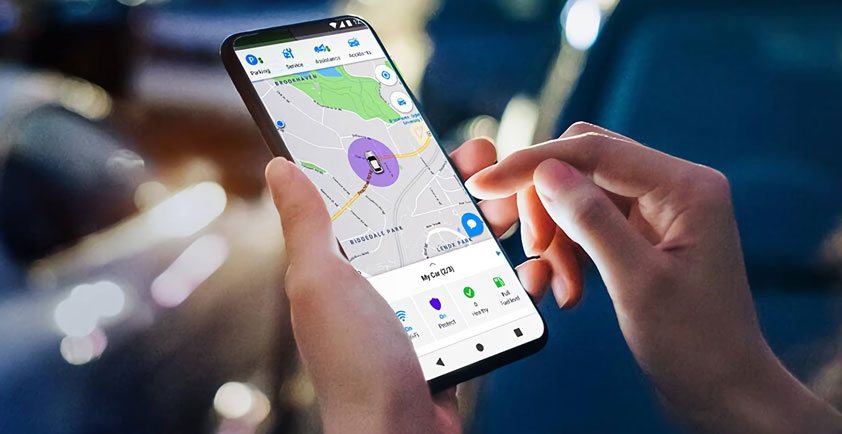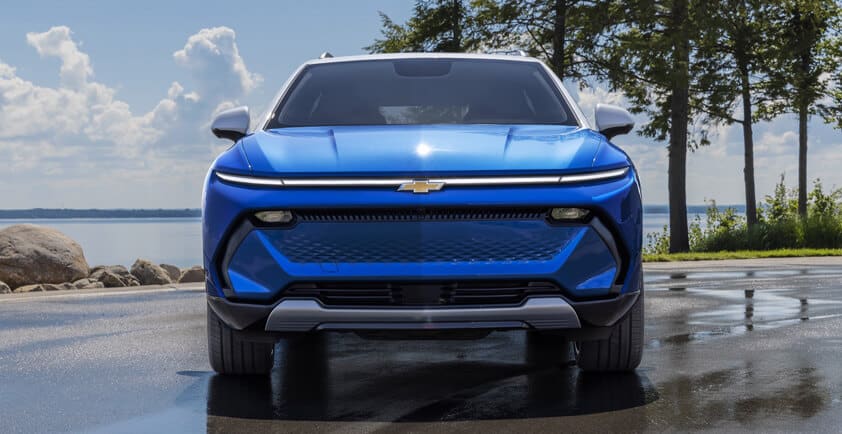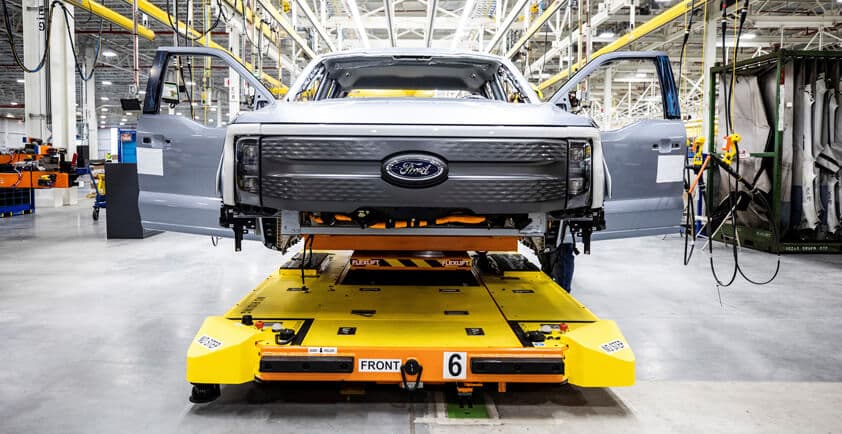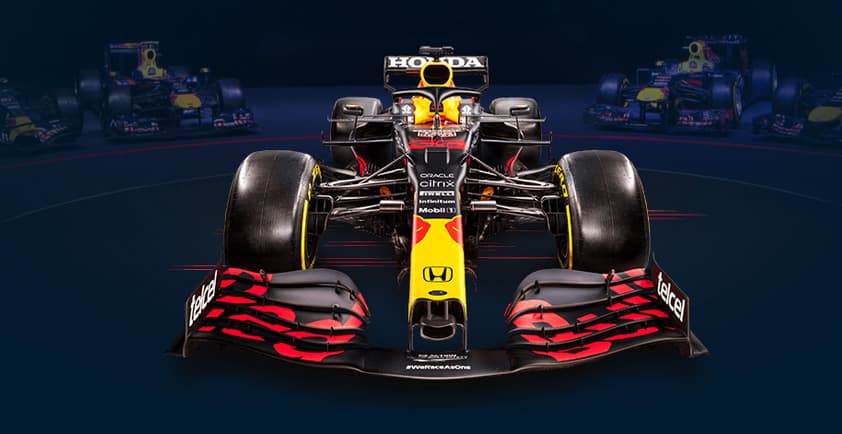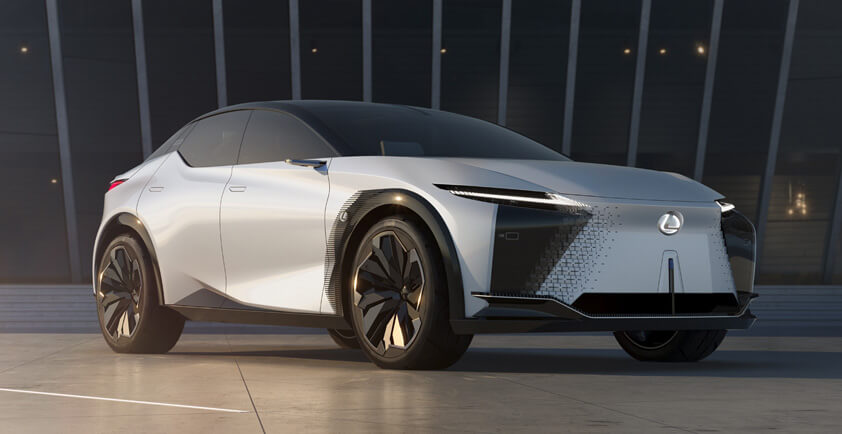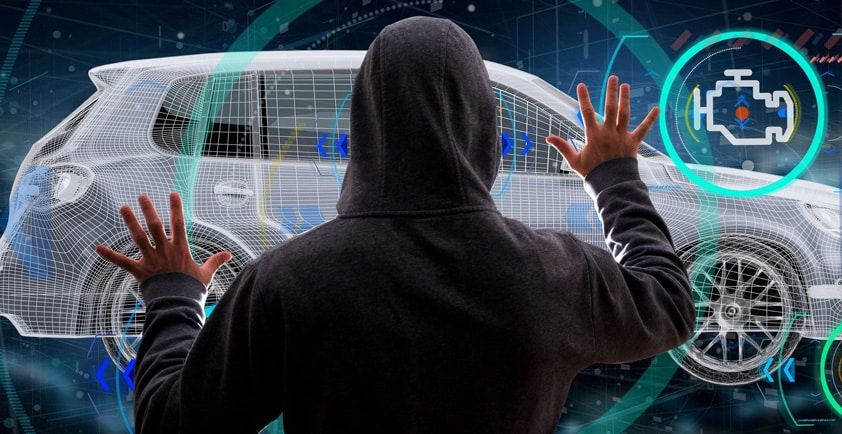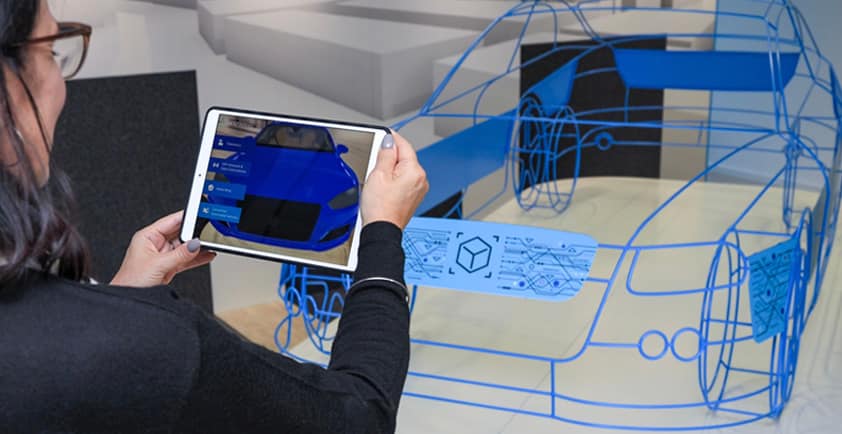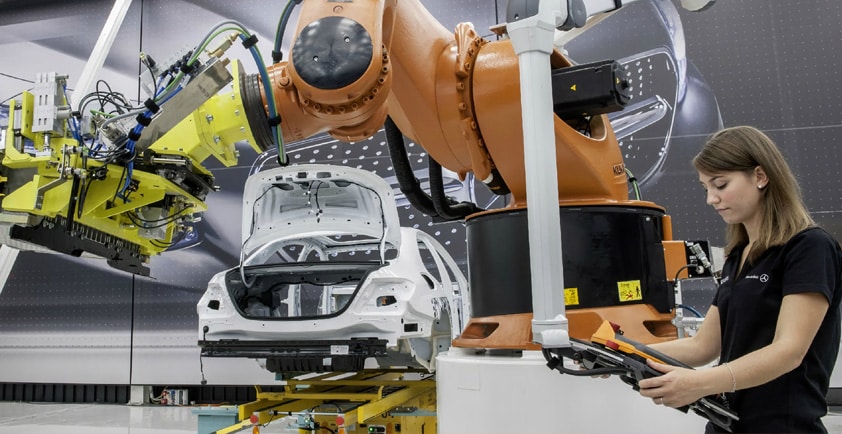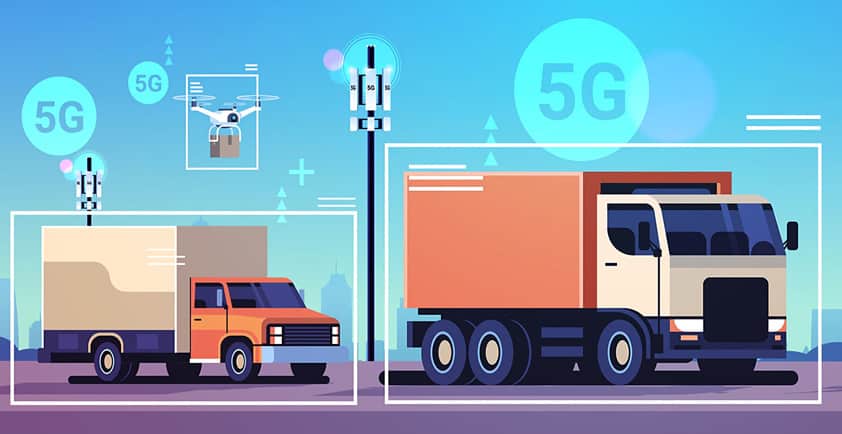
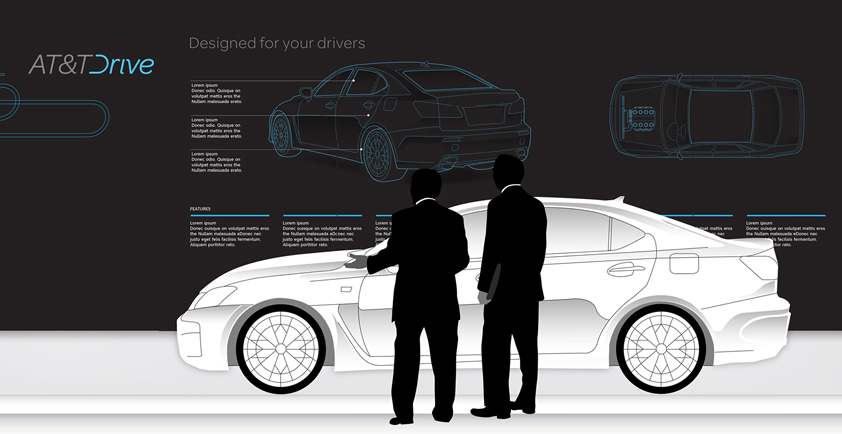
AT&T IS LEADING THE WAY ON CONNECTING THE CARS OF TODAY AND TOMORROW
By Chris Penrose- President, IoT Solutions, AT&T
Driving is undergoing a massive transformation.
We’re seeing the change today with an array of services available from a growing list of manufacturers – from remote diagnostics to advanced 4G LTE data that enables Wi-Fi hotspots and entertainment. The evolution to automated driving will revolutionize transportation as we know it.
We put our stake in the ground when we connected our first cars in 2008 and continue to lead the way.
We’re ahead of the curve
We were the first telecom company to open a connected car research and innovation center. We opened the AT&T Drive Studio™ in Atlanta in 2012 to promote safety, improve vehicle efficiencies and improve the driver and passenger experience. We have hosted more than 10,000 visitors.
Fast forward to today. More and more cars are rolling off the line with embedded connectivity solutions. And customers choose us more than anyone else.
In the 3rd quarter of this year, we added more than 2 million connected cars to the AT&T network for a total of nearly 24 million on our network. That’s more than 1 million connected cars added for the past 14 consecutive quarters.
We also connect more than 3 million fleet vehicles as of the 3rd quarter of 2018 – meeting the needs of small business, enterprise and government customers – and preparing for the massive data-driven transformation of an industry that serves as the backbone of our country.
We’re expanding our portfolio and deepening our relationships
We now have relationships with 29 top global brands: Airstream, Audi, BMW, Buick, Cadillac, Chevrolet, Chrysler, Dodge, Ford, Freightliner, GMC, Honda, Infiniti, Jaguar, Jeep, Land Rover, Lincoln, Mercedes-Benz, Navistar, Nissan, Opel, Porsche, Ram, Skoda, Subaru, Tesla, Vauxhall, Volvo and VW.
Just some recent examples:
> Subaru: We started out providing Subaru with 4G LTE connectivity for select 2016 models subscribed to STARLINK Safety & Security services for stolen vehicle recovery, automatic collision notification and monthly diagnostic reports. Now we’re adding Wi-Fi Hotspot connectivity for select 2019 models and newer.
> Nissan: We’re enabling connected car services for Nissan vehicles across the U.S and Canada for safety, security and convenience under a new agreement with Nissan North America.
> Audi: We’re teaming up with Audi to enable enhanced infotainment services for vehicles sold in Canada for the first time for the model year 2019. We will also offer Wi-Fi hotspot retail plans to Audi customers in Canada through the Audi connect® infotainment and connectivity platform. We have provided Audi cars in the United States with Wi-Fi connectivity since 2014.
> Airstream: We’ve gone beyond cars and trucks to team up with one of the most innovative recreational manufacturers to connect the Airstream Silver Bullet travel trailer. These iconic trailers turn into powerful Wi-Fi hotspots and support up to 10 Wi-Fi-enabled devices. Stay connected in the great outdoors, share your adventures or even take your office with you.
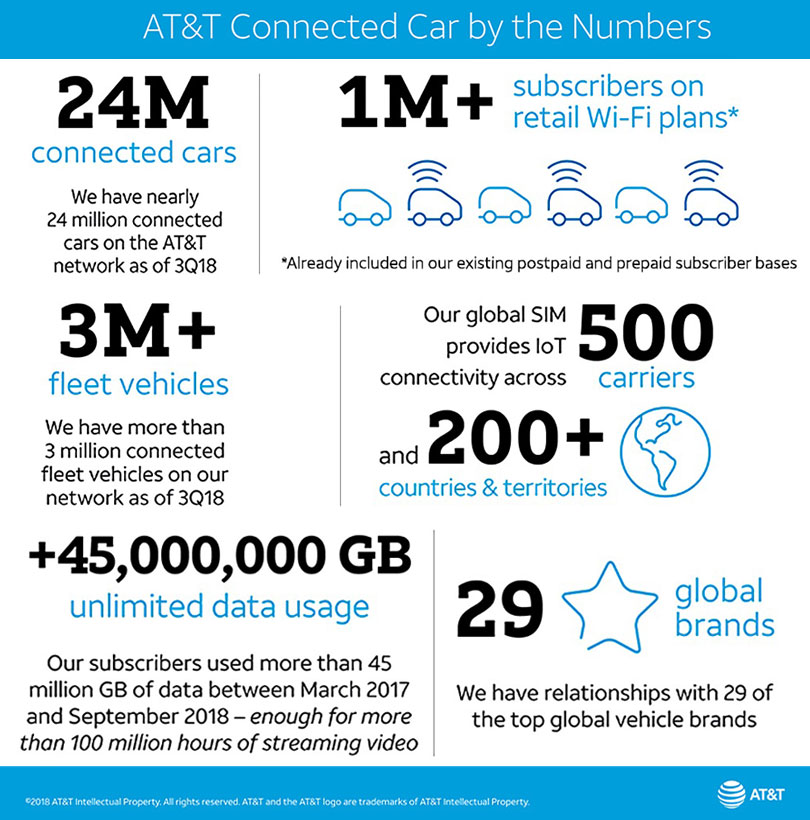
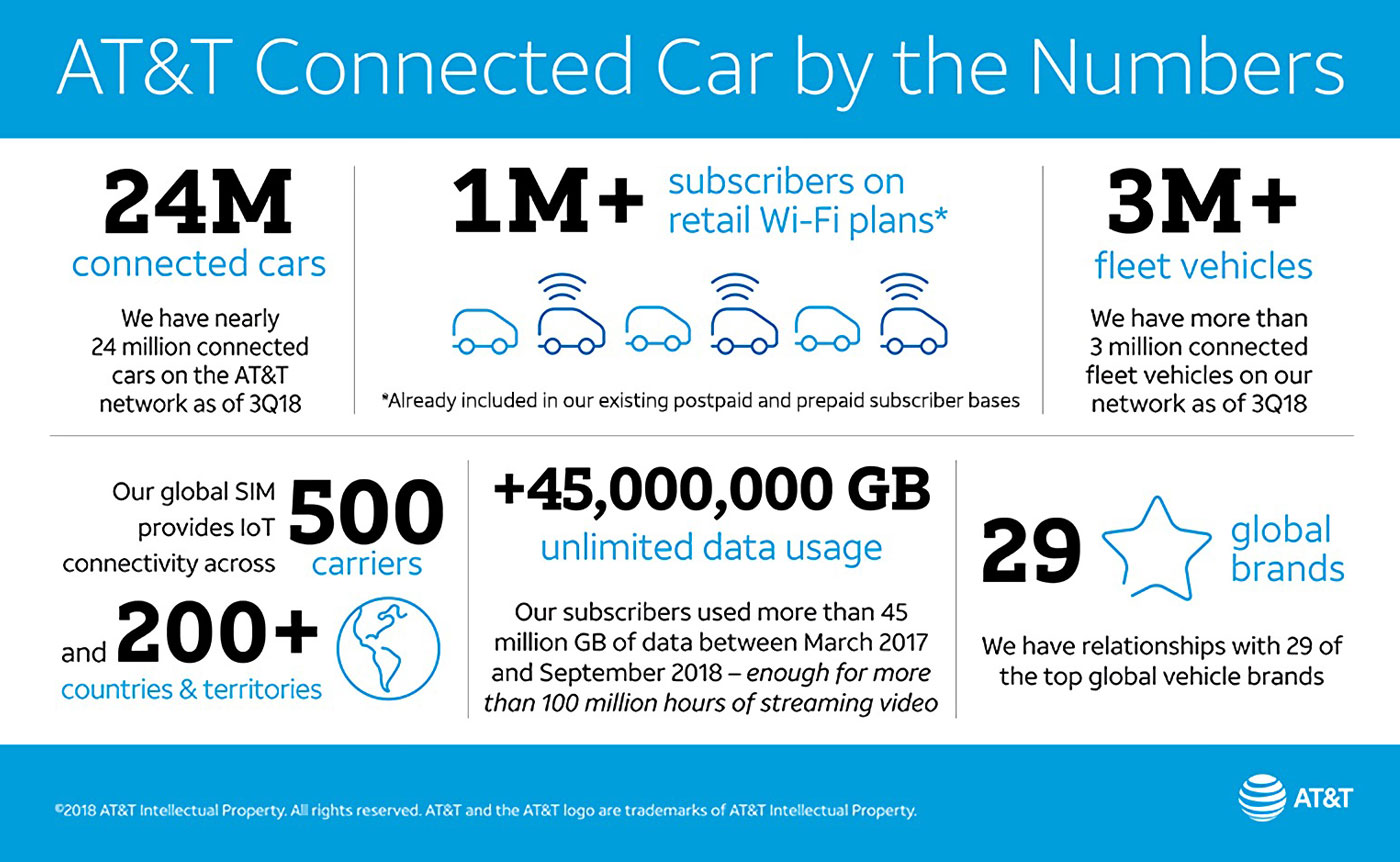
New Avenues for Products and Services
According to Gartner, connected car shipments will reach 80 million units in 2021, increasing at a 36% Compound Annual Growth Rate from 17 million in 2016, and reaching an installed base of 305 million vehicles.[2] Cellular-enabled streaming will be the leading feature.
Our customers see the value of having everything they have on their smartphone in their cars. With embedded cellular connectivity, we can turn an eligible car — or now even a travel trailer -- into a mobile Wi-Fi hotspot for streaming of music and video and Web surfing.
And you don’t need to upgrade to a new vehicle to hit the road with the latest technology.
We’re making it possible to turn most model year 1996 vehicles and newer cars into a whole new ride with HARMAN Spark. We’ve provided various after-market devices over the years. HARMAN Spark is the first to offer both advanced connected car services and Wi-Fi Hotspot all in one.
Unlimited Data
This fall, we passed the milestone of 1 million customers in the U.S. and Canada for our retail Wi-Fi data plans for vehicles across our portfolio of global brands.
Customers can turn their vehicle into a powerful Wi-Fi hotspot on an unlimited data plan. Signing up is easy at att.com/connectedcar. AT&T wireless customers with participating brand vehicles can add their vehicle to an existing AT&T plan at our more than 5,000 AT&T retail stores
Our unlimited plans are popular. Since the introduction of our connected car unlimited plans in 2017, our subscribers have used more than 45 million gigabytes of data. That’s enough for more than 100 million hours of streaming video.
Going Global
Our Global SIM provides IoT connectivity across 500 carriers and 200+ countries and territories. We connect cars in 57 countries, including 12 where we enable infotainment through Wi-Fi hotspots.
For example:
> Daimler Trucks: Daimler Trucks North America is taking its high-speed connected fleet platform enabled by AT&T outside North America to its heavy-duty trucks for the first time – to Australia and more than 20 countries across Europe. It’s a prime example of how Internet of Things connectivity can help improve efficiency, safety and performance in connected vehicles.
> Emergency Response: We enable implementation of the new GLONASS eCall public emergency response system for Audi and Skoda vehicles manufactured for Russia, Belarus, and Kazakhstan
> Volvo: AT&T and Volvo Cars have entered into an agreement to provide high-speed wireless connectivity for Volvo cars on a global scale. AT&T will enable data communication for Volvo’s infotainment service through its own network and carrier agreements. New services include Wi-Fi hotspots, which AT&T already provides in the U.S. and Canada.
> Bridge Alliance: Working with mobile carrier members of the Bridge Alliance in Asia Pacific, the Middle East and Africa, we’re helping automotive manufacturers access nearly 30% of the world’s population for connected car features such as Wi-Fi hotspots, internet radio and live traffic.
> Nokia WING: Our teaming with Nokia and its Worldwide IoT Network Grid (WING) brings more capabilities to more places with increased performance and flexibility, lower latency, and enhanced platform capabilities. Cars will be able to travel across borders and networks with a single global SIM without missing beat. Our cloud-based Multi-Network Connect platform will simplify connectivity and platform capabilities for AT&T’s use of Nokia WING.
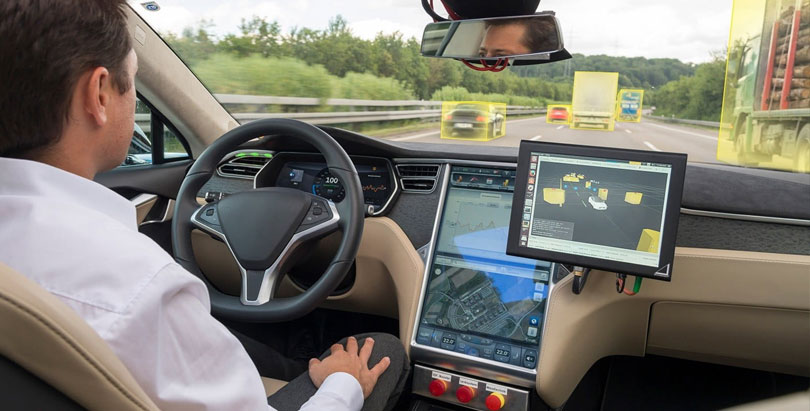

Laying the groundwork for automated driving and 5G
ABI Research forecasts that 8 million vehicles will roll off assembly lines with automated driving capabilities in 2025. Estimates vary on when fully automated driving will reach critical mass. But we’re writing the next chapter to help ensure a safe, cost-effective driverless future.
We’re serving in leadership positions across the industry, joining with other tech leaders to resolve key standards issues. This includes 5GAA, a cross-industry association between the cellular and automotive industries, the Automotive Edge Computing Consortium of automotive, information technology, telecommunications, and cloud computing sectors, and the Auto-ISAC for automotive cybersecurity information sharing.
We expect vehicle-to-anything (V2X) connectivity technologies will help driverless vehicles to make virtually real-time decisions based on information that goes beyond the individual sensors onboard the vehicle itself.
Vehicles will be able to “see” around corners, in front and behind other vehicles – and at greater distances. This will eventually allow vehicles to quickly make sense of their surrounding environment as well as road ahead to help guide safe and efficient operations on the road.
For self-driving cars to interoperate with their environment and surrounding areas, it will be critical to have connectivity between vehicles, roadside units, pedestrians, and other infrastructure elements while navigating the roadways. Data analysis and decision capabilities will be largely processed onboard the vehicle utilizing various data sources from the vehicles and the surrounding intelligent transportation system.
But one of the most exciting aspects of automated vehicles is their ability to learn from other vehicles’ driving experiences in ways that human drivers simply cannot. This is where our 5G network comes into play. 5G will eventually allow for the necessary distribution of processed data to meet and exceed the needs of the automated vehicle.
The algorithms that govern AV operation can be continually improved as automated vehicles encounter new driving situations. For those improvements to be made, data must be collected, analyzed, and synthesized into improved algorithms to then be distributed to other vehicles. 5G will ultimately help create faster and more efficient exchange of this data, allowing these automated vehicles to distribute and receive data and function even better.
5G multi-gigabit speeds, distributed edge networks, and low latency services can help these capabilities to become a reality in years to come.
And self-driving cars and 5G will ultimately usher new opportunities for in-vehicle entertainment and engagement when drivers have more time on their hands.
Teaming with Industry Leaders
We’ve teamed with the American Center for Mobility, an advanced automotive testing and product development facility outside of Detroit, as the exclusive connectivity partner through 2020 to help speed the research and development of self-driving vehicles. Working with the Center gives us the space to explore, create and safely test self-driving technologies.
We plan to build a unique dedicated test network at ACM that will provide ACM customers the flexibility and tools to be able to test and validate cellular technologies including 4G LTE and 5G that are critical to the development of automated driving.
Together with the Drive Studio, that gives us two unique environments where we can develop, validate, and progress new technologies.
We’re working with Ford, Qualcomm and Nokia to use Cellular Vehicle-to- Everything (C-V2X) technology along with our 4G LTE network, and eventually, 5G, to improve safety and traffic efficiency on the nation’s roadways. This work taps Intelligent Transportation System (ITS) technology to share data among transportation endpoints such as cars, bikes and pedestrians.
This will help drivers avoid road hazards or traffic conditions and enable vehicles to reach other vehicles, emergency services, and road operators that fall outside of the range of the direct communications.
And as a founding member of Together for Safer Roads we are working with the global private sector companies across industries to improve road safety and reduce deaths and injuries from road traffic crashes globally through technology.
Security is playing a critical role
As cars become more connected and there is a move to more automated vehicles, security and data privacy have become even more critical.
The use of highly secure connectivity between vehicles and manufacturer applications in the cloud, combined with in-vehicle security and threat detection in the network, will help alleviate many of the security challenges that connected car faces.
We work continuously to develop new security solutions and tools to be ahead of the ever-changing security/threat environment.
Working with leading automotive manufacturers, we’ve deployed a suite of security solutions to help protect cellular connectivity to the vehicles. The solutions include protecting data and text messaging paths into vehicles.
Another example is blockchain. This technology provides a way to store information in an immutable, distributed, and decentralized nature. Blockchain’s immutability allows for the hardening of existing security solutions through the storage of mission critical data.
We completed a proof of concept with Ericsson to explore a potential blockchain solution that would provide additional security to vehicles through the validation of the device firmware or software. This would be coupled with other security solutions to provide end-to-end security of the vehicle ecosystem. Security solutions like this will play a critical role in driving widespread adoption of connected and automated vehicles.
Security solutions like this will play a critical role in driving widespread adoption of connected and automated vehicles.
A connected and autonomous future
The last 25 years have seen an advances in automobile technology perhaps not seen since the first gasoline-powered car hit the road in 1879. GPS navigation, hybrid engines, fuel efficiency, keyless ignitions, rear-view cameras, data plans and in-car entertainment, just to name a few that consumers have come to expect.
Cars are the ultimate mobile device. Sensors are sharing data that improve vehicle maintenance, enhance safety and help check insurance rates. The foundations for an autonomous future are already in place
Now we’re on the cusp of the next chapter that will be transformative – and connectivity will play an essential role. We’re working with car manufacturers to put the pieces in place for totally automated cars that will make the roadways safer and more efficient, reduce traffic and give us more time for living. And 5G will open the door to new business models and new experiences.
It’s been a great ride for me. And these changes may come faster than you think.
